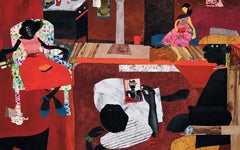
In 2020, the art collection added a combination of historic and contemporary prints to the collection with a focus on diversity. These pieces help expand our holdings of women artists, African Americana and the Latinx community. We anticipate incorporating these works into a variety of history, art history, studio art, women’s and gender studies, and other classes.
New acquisitions include:
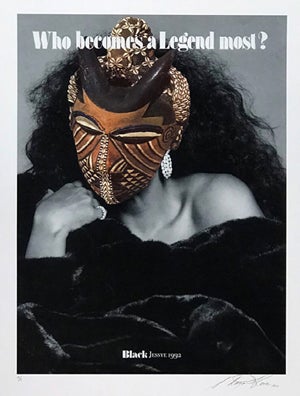
Blackglam Legends: Black Jessye by Margaret Rose Vendryes
Digital collage, 1992 and 2019
Margaret Rose Vendryes’s African Diva Project has, for more than a decade, linked African American celebrities to their African roots by depicting them wearing traditional African masks. Her unusual combination of Western and African aesthetics creates a dynamic juxtaposition of form and content. This piece re-interprets a 1992 advertisement for Blackglama mink featuring opera diva Jessye Norman.
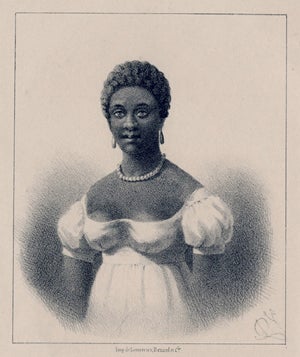
Phillis Wheatley by Bernard Lemercier & Cie.
Lithograph, printed ca. 1834-1842, in the "Revue des Colonies," Paris
This French lithograph is one of only two accepted portraits of Phillis Wheatley, acclaimed as the first published African American poet. An engraving in profile was printed in her 1773 book of poems published in London, while this image is likely posthumous.
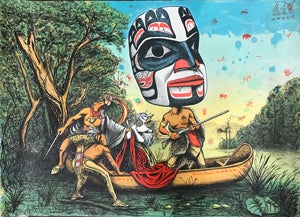
Detention at the Border of Language by Enrique Chagoya
Color lithograph, 2019
Chagoya’s work incorporates cross-cultural iconography to comment on contemporary issues. In this print, he juxtaposes a Mayan ceremonial mask with a cartoon-like rendering of a 1853 painting by Karl Ferdinand Wimar entitled The Abduction of Daniel Boone’s Daughter. As explained by Chagoya, the work is a “…reminder that all nations in the Americas were created by undocumented immigrants from Europe. Today, some politicians call refugees from Central America and other countries “illegal aliens” but for me they are no different from the Pilgrims or Daniel Boone’s daughter. Xenophobia goes against the spirit of this great country I immigrated to and adopted as my home when I became an American citizen.” This print will be included in the forthcoming Booth exhibition, Art of Homage.
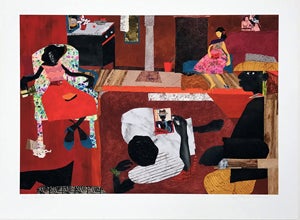
Mom in Harlem by Judy McReynolds Bowman
Archival pigment print, 2020
While a student majoring in art at Morris Brown College and Clark Atlanta University, Bowman was selected to contribute to the decoration of the Martin Luther King, Jr. Library at the Interdenominational Theological Center. During that time she was privileged to meet Dr. King’s wife Coretta and his mother Alberta, which had a formative impact on her career. Mom in Harlem is a reflection on Bowman’s childhood and stories of her mother.
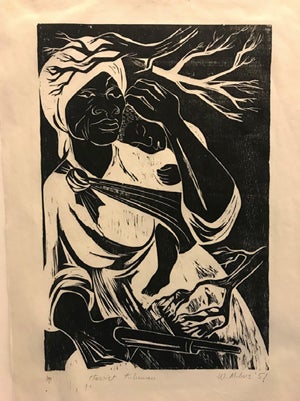
Harriet Tubman by Winifred Milius Lubell
Woodblock print, 1951
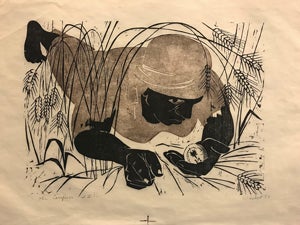
The Compass by Winifred Milius Lubell
Woodblock print, 1957
Lubell grew up in a family which had associations and friendships with many of the prominent artists of her time. She wrote and illustrated over fifty books throughout her career, many of which advocated women’s rights and racial equality. These two rare woodcuts are a tribute to the heroism of Harriet Tubman, who led some seventy enslaved people out of captivity via a network of contacts and trails known as the Underground Railroad.
